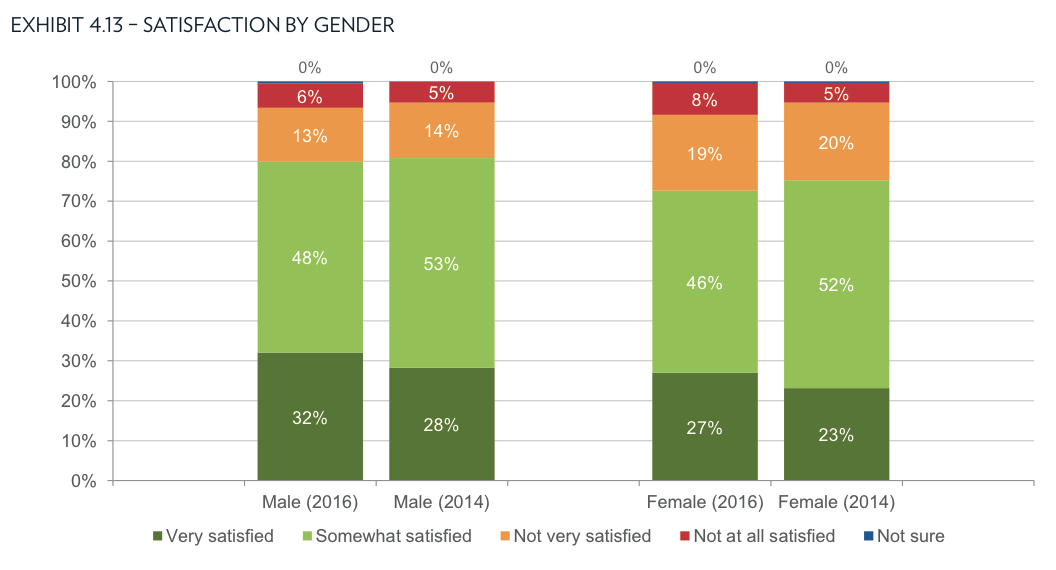The Scale of the Disparity
Today, the NY Times published an article about the recent Major Lindsey & Africa report on law partner compensation. In the report, one of the major findings was that female partners are being paid 56% of what their male colleagues receive. With how much law partners make these days, we are talking about female partners being paid, on average, almost $300,000 less each year.
This 44% disparity in female law partner compensation is not explained by a disparity in work. First off, both men and women are working extraordinary hours. If someone worked 40 hours a week all 52 weeks of the year (with no vacations), then you would work 2,080 hours. In law firm partnerships, men were billing on average 2329 hours (~44.8 hours/week), while women were billing on average 2257 hours (~43.4 hours/week). So, in percentage terms, women worked 3% fewer hours, but got paid 44% less.
In dollar terms, firms paid male partners approximately $4,167/hour for the extra 1.4 hours that men worked each week. This stands in stark contrast to the approximately $292/hour that firms pay male and female partners for the first 2,257 hours that everyone works.
Is There Legitimate Justification For This Disparity?
Short answer: Nope.
Longer answer: The Times article explores what justification there might be for this dramatic compensation differential. The main explanation offered by the survey head was credit that the law firm gives to partners for who brought in business (called origination credit in the industry).
The problem is that what credit the law firm gives is subjective and often is doled out in ways that dramatically benefit men. At the same time, “the ‘old boys network’ still has an outsize influence” on partners’ business development opportunities. This is true in at least two ways. First, gendered networks alter what senior partners do in bringing in more junior partners to business development opportunities, with men being given more opportunities, connections and actual dollar credit for bringing in business. Second, gendered networks and stereotypes also mean that female partners are expected to do more on non-business development tasks (like internal law-firm community-building activities) that take time and energy but aren’t valued or compensated in the same way.
So What’s Next?
Not surprisingly, more female partners are dissatisfied with their compensation (27%) than their male colleagues (19%), and that dissatisfaction is growing over time.
This may take the form of pressure internal to the firms to change. It may also take the form of external regulation and pressure from the American Bar Association and it’s Commission on Women in the Profession. But I’m not holding my breath on either of those; although both are important and helpful, neither are new.
Unfortunately, the reality is that sometimes sticks are needed. Over the past few years, more and more lawsuits, brought by female partners against their own law firms, have hit the news. It may be that more of those need to happen before we see real reform. With nearly a third of female partners being dissatisfied with their pay, it seems likely that those lawsuits are on the horizon.








